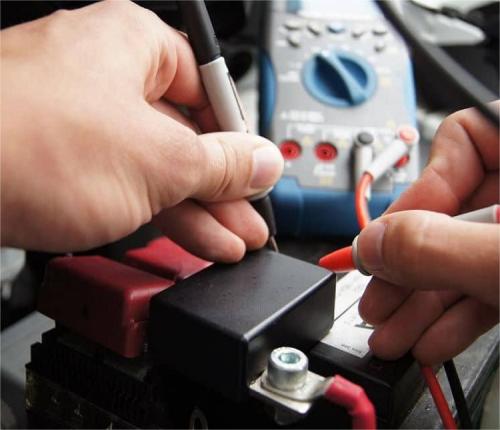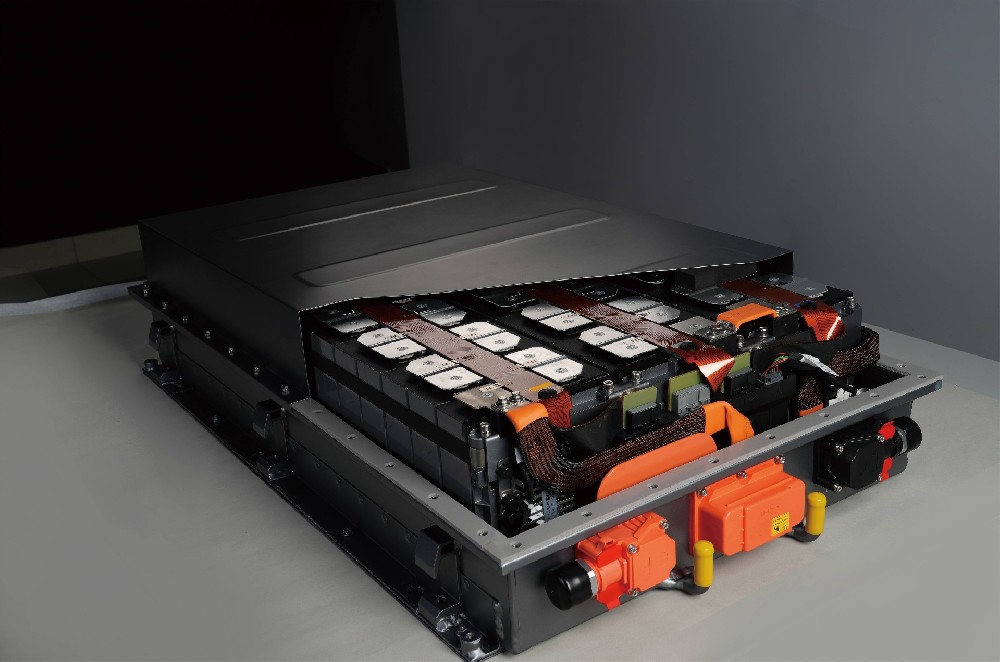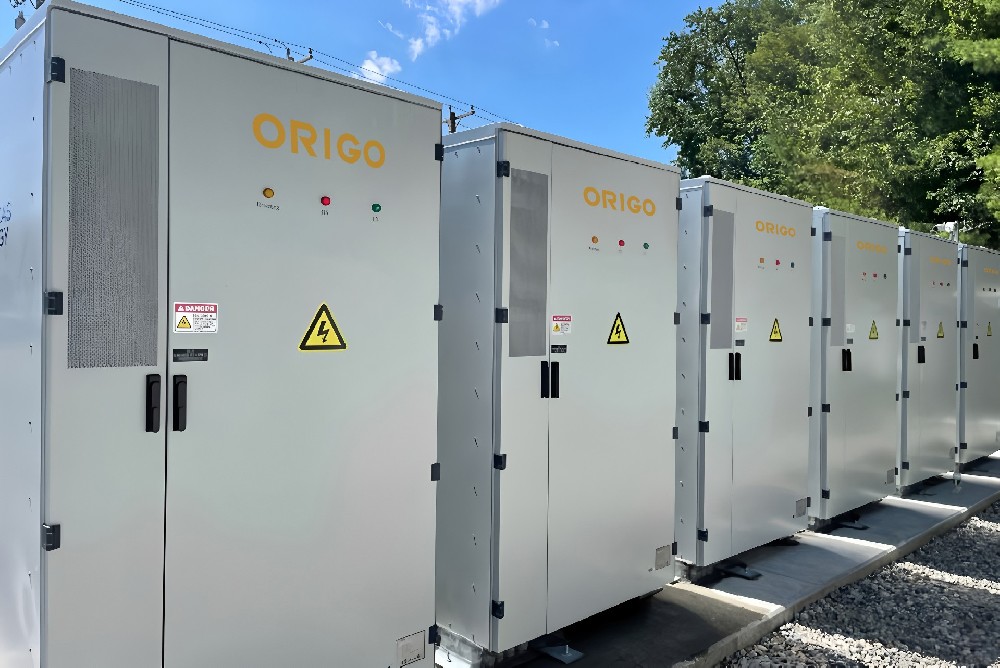Lithium-Ion Battery Care Guide
The reason why lithium batteries are afraid of cold is mainly related to their internal chemical reactions and physical properties.
1. The chemical reaction rate slows down. The charging and discharging process of lithium batteries involves the migration of lithium ions between the positive and negative electrodes and the chemical reactions of the electrode active substances. These reactions require a certain amount of energy to overcome the activation energy barrier, thereby transferring electrons and converting substances. Under low temperature conditions, the rates of these chemical reactions will be significantly slowed down because the molecular motion of the reactants slows down and the frequency of collisions decreases, making it difficult for the reactions to proceed. Therefore, the performance of lithium batteries at low temperatures will be affected, manifested as reduced capacity and decreased rate performance.
2. The solubility of electrode active materials decreases. The solubility of electrode active materials inside lithium batteries will decrease at low temperatures. This means that under low temperature conditions, the concentration of electrode active substances in the electrolyte will decrease, thereby reducing the amount of active substances available for reaction. This further reduces the battery's charge and discharge capabilities, leading to a drop in battery performance.
3. Decreased electrolyte fluidity The electrolyte in lithium batteries becomes viscous or even partially solidified at low temperatures. This causes the ionic conductivity of the electrolyte to decrease, i.e. the migration rate of ions in the electrolyte slows down. Since the migration of ions is a key link in the battery charging and discharging process, the decrease in electrolyte fluidity will directly affect the battery's output voltage and output power.
4. The internal resistance of the battery increases. In a low temperature environment, the resistance of various materials inside the lithium battery (such as electrodes, electrolytes, etc.) will increase. This will cause the internal resistance of the battery to increase, thereby reducing the effective capacity and discharge time of the battery. At the same time, the increase in internal resistance will also cause the battery to generate more heat during the charging and discharging process, further affecting the performance and safety of the battery.
5. Negative electrode lithium plating phenomenon During low-temperature charging, lithium ions can easily form lithium dendrites on the surface of the negative electrode. These lithium dendrites may puncture the separator, causing a short circuit inside the battery and thus causing a safety accident. In addition, the precipitated metallic lithium reacts with the electrolyte to generate deposits, which increases the thickness of the solid electrolyte interface (SEI), further affecting the low-temperature performance of the battery.






